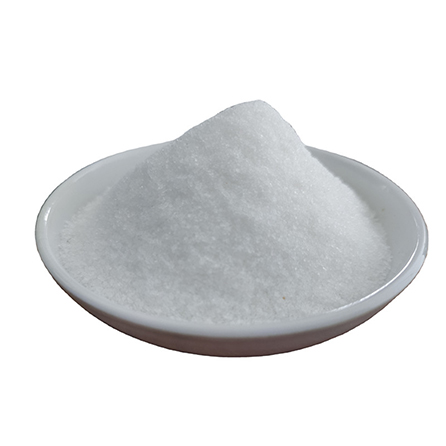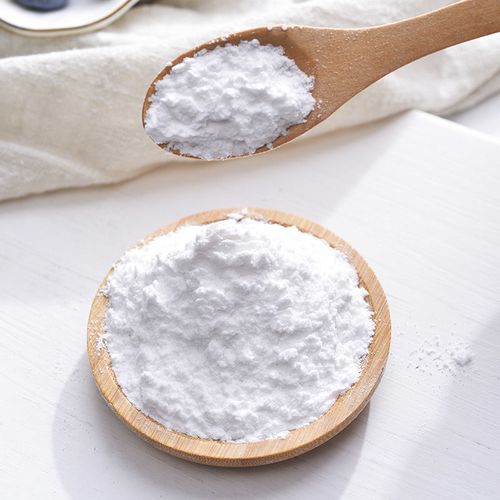
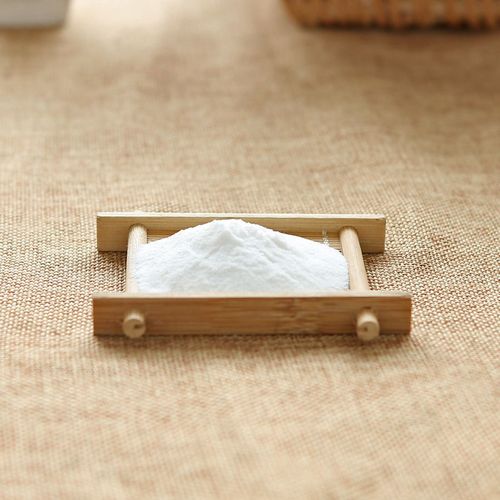




Sodium Carbonate
Sodium Carbonate (CAS No. 497-19-8) is an inorganic compound with a chemical formula of Na2CO3 and a molecular weight of 105.99. It is also called soda ash, but it is classified as a salt rather than an alkali. Also known as soda or soda ash in international trade. It is an important inorganic chemical raw material, mainly used in the production of flat glass, glass products and ceramic glaze. It is also widely used in daily washing, acid neutralization and food processing.
product Introduction
Sodium Carbonate (CAS No. 497-19-8) is an inorganic compound with a chemical formula of Na2CO3 and a molecular weight of 105.99. It is also called soda ash, but it is classified as a salt rather than an alkali. Also known as soda or soda ash in international trade. It is an important inorganic chemical raw material, mainly used in the production of flat glass, glass products and ceramic glaze. It is also widely used in daily washing, acid neutralization and food processing.
Product Nature
Sodium carbonate is white odorless powder or granules at room temperature. It has water absorption, and gradually absorbs 1mol/L moisture (about = 15%) when exposed to the air.
Sodium carbonate is easily soluble in water and glycerol. The aqueous solution of sodium carbonate is alkaline and corrosive to a certain extent, and can undergo metathesis reaction with acid, as well as metathesis reaction with some calcium salts and barium salts. The solution is alkaline, which can make phenolphthalein turn red.

Application Field
(1) Widely used in light industry, daily chemicals, building materials, chemical industry, food industry, metallurgy, textile, petroleum, national defense, medicine and other fields.
(2) Used as raw materials, cleaning agents, detergents for the manufacture of other chemicals, and also used in the fields of photography and analysis.
(3) followed by metallurgy, textile, petroleum, national defense, medicine and other industries.
(4) The glass industry is the largest consumer of soda ash.
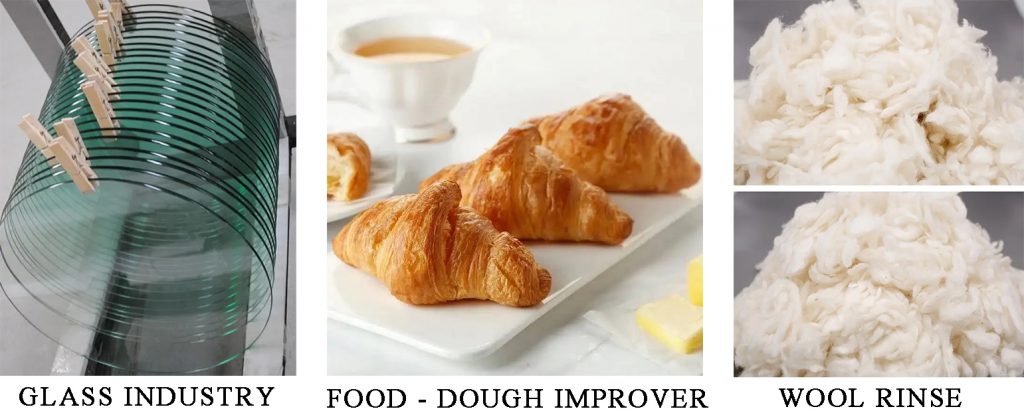
Protective Measures
(1) Wear appropriate protective clothing and gloves.
(2) After accidental contact with eyes, rinse immediately with plenty of water and seek medical advice.
(3) Never inhale dust.
(4) Wear appropriate protective clothing.
(5) Wear goggles or a mask
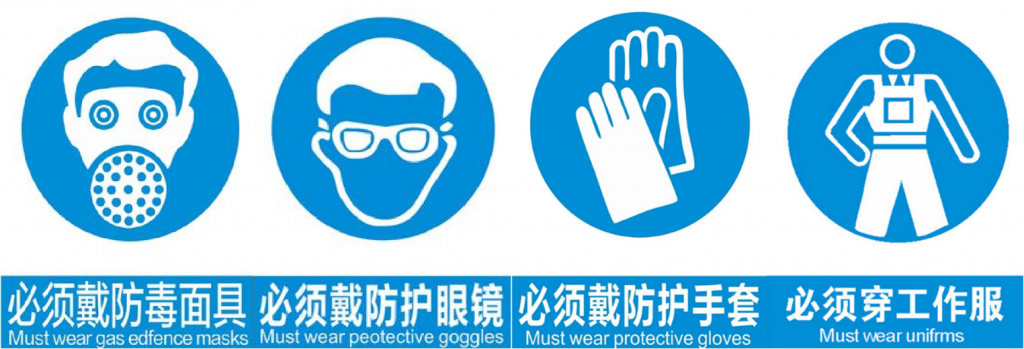
First Aid Measures
(1) Skin contact: Immediately remove contaminated clothing and rinse with plenty of running water for at least 15 minutes. seek medical attention.
(2) Eye contact: Immediately lift the eyelids and rinse thoroughly with plenty of running water or normal saline for at least 15 minutes. seek medical attention.
(3) Inhalation: Leave the scene to fresh air. If breathing is difficult, give oxygen. seek medical attention.
(4) Ingestion: Gargle with water and drink milk or egg white. seek medical attention.




